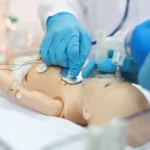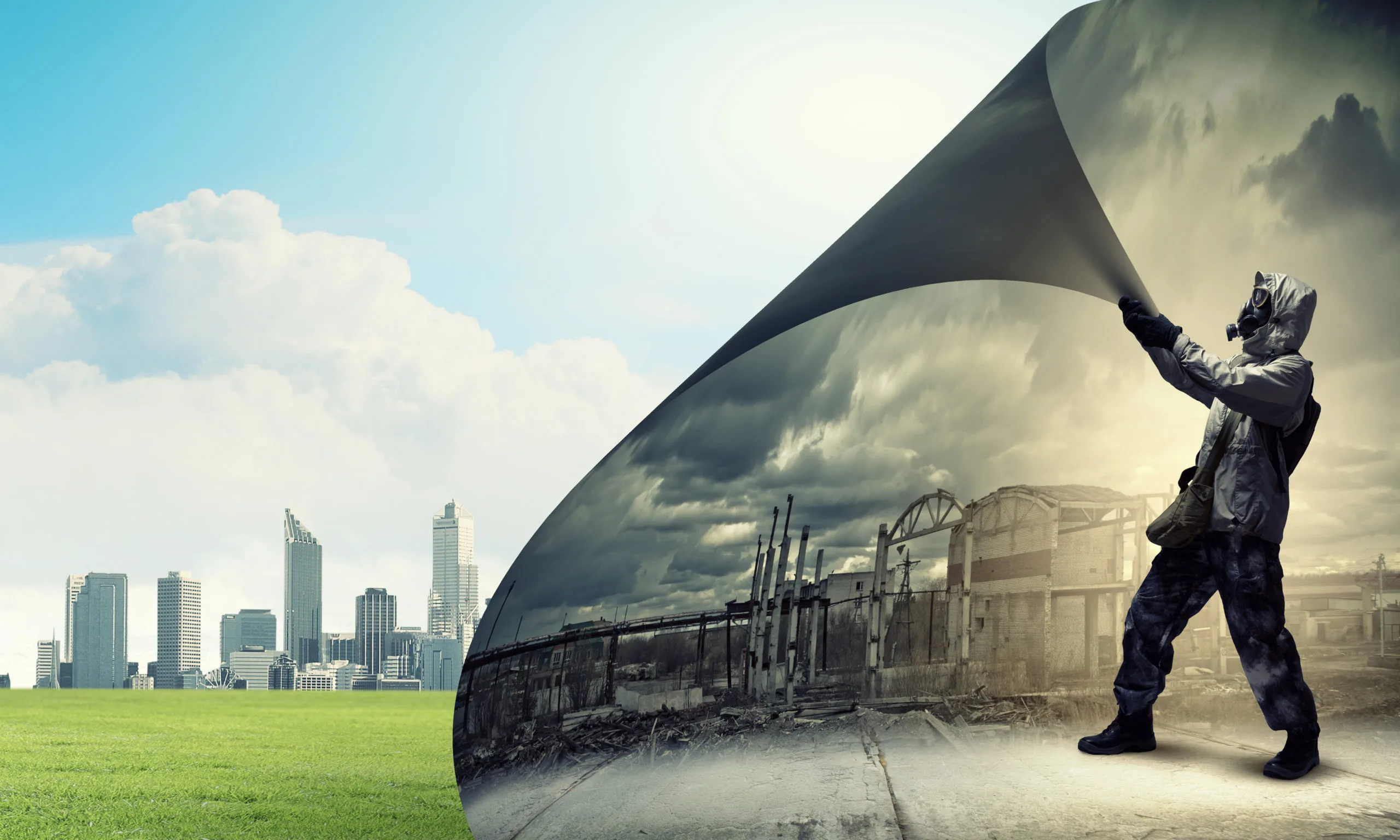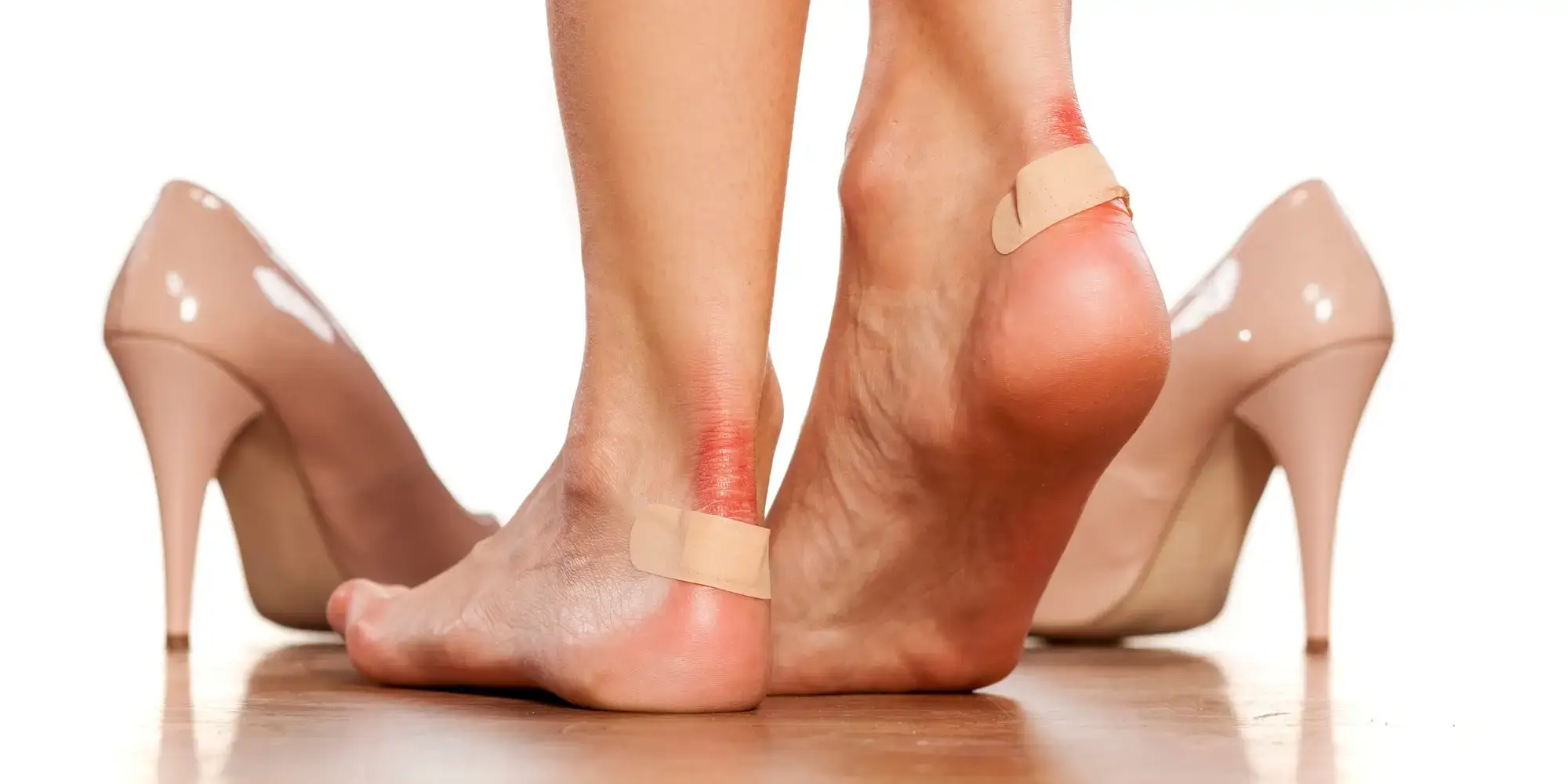Have you ever had trouble catching your breath after running around a lot? That’s kind of what a respiratory emergency feels like, except much worse. For kids, having major breathing issues is really scary and dangerous if not treated quickly. Let’s learn about these emergencies and how people get special training to help. PALS certification and PALS renewal courses are the most common courses people who work with children use.
What Are Respiratory Emergencies?
A respiratory emergency is when someone is having an extremely hard time breathing normally. This can happen for different reasons, like an injury, illness, or blocked airway.
Without enough air getting in and out of the lungs, the body can’t get the oxygen it needs to function properly. Vital organs like the heart and brain start struggling too.
Some examples of respiratory emergencies in children include:
- Severe asthma attacks
- Choking on an object
- Pneumonia or bronchitis
- Injuries affecting breathing
- Allergic reactions causing swelling
No matter the cause, respiratory distress requires urgent medical care. Otherwise, it could lead to the child’s breathing stopping completely, which is life-threatening.
What Are The Signs a Child Needs Emergency Help?
If a child is having breathing difficulties, there are some important signs to watch out for that mean you need to get emergency help right away:
They may have:
- Trouble breathing or gasping for air
- Blue lips, fingernails, or skin
- Noisy, high-pitched breathing
- Constant, severe wheezing or coughing
- Chest or neck muscles pulling in with breaths
- Exhaustion from trying to breathe
- Confusion, extreme anxiety, or sleepiness
Don’t wait for all those signs to be present. Even just a few of them can indicate the child’s breathing is dangerously impaired.
What to Do in a Breathing Emergency?
If you notice a child displaying signs of respiratory distress, here are the steps to follow:
- Call emergency services immediately to get emergency responders on the way.
- Give the child any inhaler or breathing medications they may already have on hand.
- Have the child sit up straight and remain as calm as possible to make breathing easier.
- If the child becomes unconscious, you may need to do rescue breaths or CPR until help arrives.
- Provide any information you can to the emergency operator and follow their instructions closely.
The most important thing is to call emergency services right away. Also, do what you can to help the child breathe while waiting for advanced care.
How to Get PALS Certified?
Respiratory emergencies in children often require advanced medical attention from PALS-certified healthcare providers.
PALS or Pediatric Advanced Life Support is a special course. It trains doctors, nurses, paramedics, and other medical staff. They learn how to treat very sick or injured children. A big part of PALS focuses on managing pediatric respiratory distress and airway issues.
With PALS certification, medical teams learn:
- How to quickly assess a child’s breathing status
- Ways to open and secure a child’s airway
- Techniques like rescue breathing and oxygen delivery
- Proper use of breathing tubes and ventilators
- Medications to help with severe asthma or swelling
PALS training equips these providers with the skills needed to care for children. The training covers any kind of breathing emergency, from traumas to illnesses.
Having PALS-certified responders involved means kids get the precise respiratory support and treatments they need as quickly as possible. Their expertise can be life-saving!
What Is The PALS Certification Process Like?
Earning initial PALS certification requires going through an intensive, hands-on training course. The full process typically involves:
The course covers pediatric emergencies. You will practice airway management and ventilation. You will also do simulations of respiratory crises. There will be tests and skills evaluations. You will take a written exam on PALS protocols.
Most PALS certification courses take about 1-2 days to complete, though some may be longer. At the end, providers earn a PALS card valid for 2 years.
But that training is just the beginning! PALS providers must also regularly renew their certification.
How Do PALS-certified Professionals Keep Up With New Advancements?
To ensure they maintain their expertise, all PALS-certified professionals need to complete a PALS renewal course every 2 years. This helps reinforce their knowledge and abilities.
During a PALS renewal course, responders will:
- Review the latest guidelines and best practices.
- Practice updated emergency care techniques.
- Get refreshers on pediatric medications and equipment.
- Do new simulations and case studies.
- Take a recertification written test.
While the renewal process is shorter than the initial training, it’s absolutely essential. Guidelines and tech are always changing. Renewal ensures PALS providers have the latest, cutting-edge pediatric care skills.
By regularly renewing certification, these medical teams stay prepared to jump into action and provide truly excellent emergency respiratory care for kids whenever needed.
What Is The Simulation Experience?
One really interesting part of PALS training, including the renewal courses, is the use of high-tech simulations. These allow responders to practice their skills on lifelike child mannequins.
During simulation scenarios, the mannequins can actually show signs of respiratory distress, like:
- Wheezing or choking sounds
- Moving chests struggling to breathe
- Lips turning blue from lack of oxygen
- Realistic vital sign readings on monitors
The simulation mannequins make the experience as true-to-life as possible. Responders have to think and act quickly, just like a real pediatric emergency.
Using simulations helps PALS students apply all their knowledge about managing pediatric respiratory crises in a safe, controlled environment. But it creates a high-pressure situation that really tests their skills.
After each simulation, students can also participate in a debriefing period to discuss how they performed and identify areas for improvement for the next time. The instant feedback helps reinforce proper techniques.
Simulations can be stressful. But, they are a valuable way for PALS providers to prepare for real-life emergencies.
Conclusion
Seeing a child struggling desperately to breathe is one of the scariest experiences a parent or caregiver can face. Respiratory emergencies are always serious situations that require immediate, expert medical attention. That’s why it’s so reassuring to know that PALS-certified professionals are out there ready to respond. Their specialized training in pediatric airway management and respiratory care could end up rescuing a child’s ability to breathe when it matters most. PALS renewal courses ensure these responders continually refresh their respiratory emergency skills, practicing with the latest techniques and protocols. Their commitment to ongoing training results in kids getting the high-quality, up-to-date care they need.





